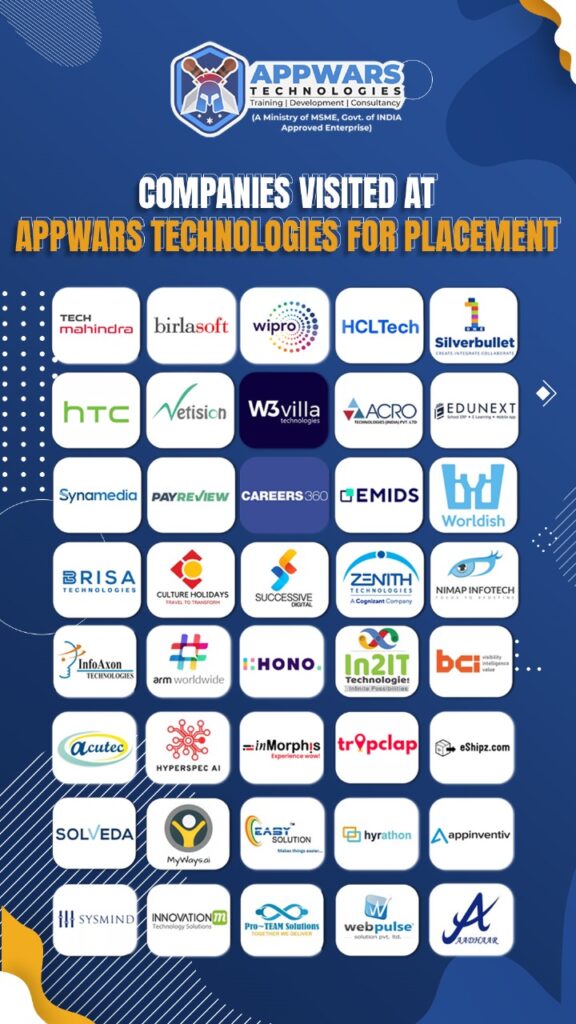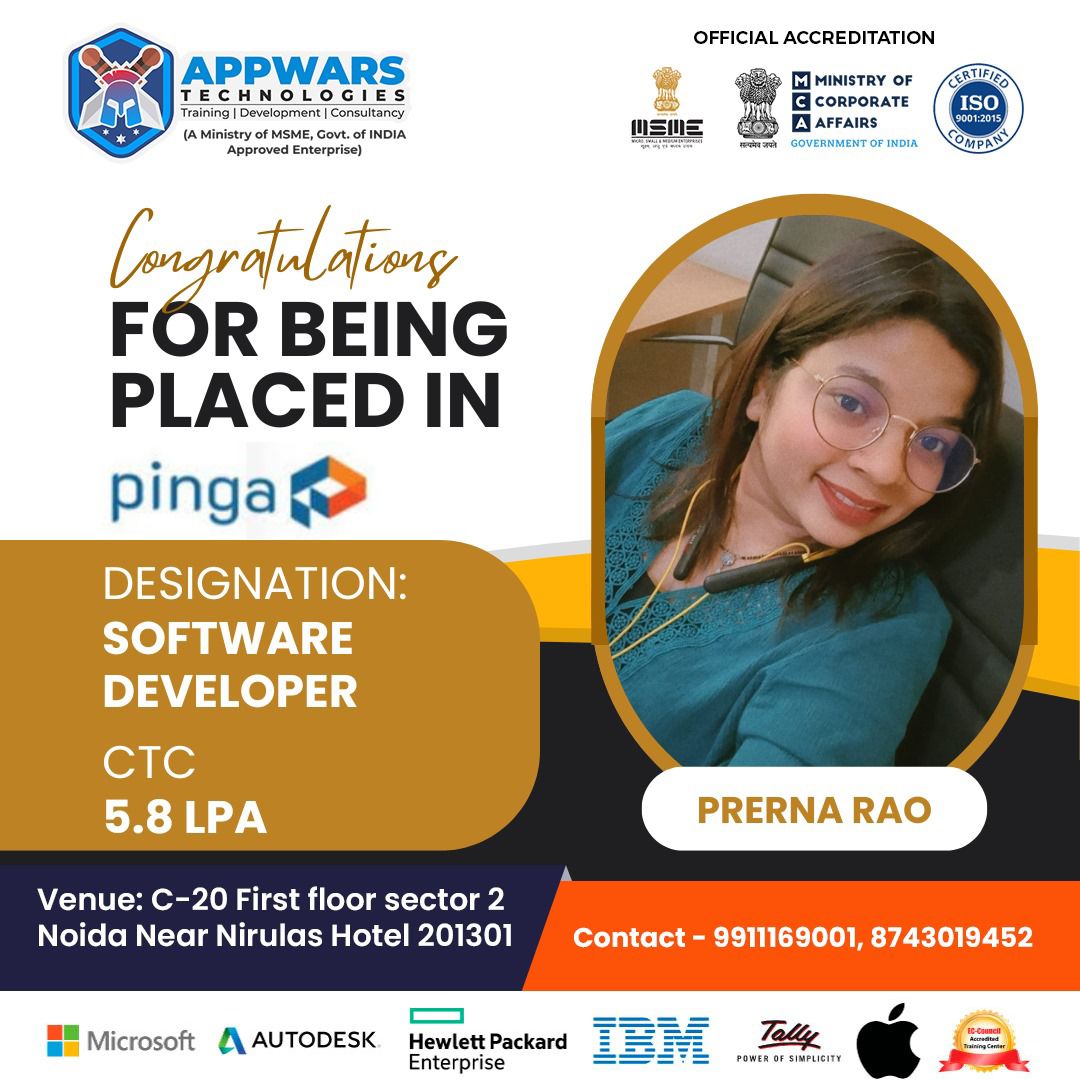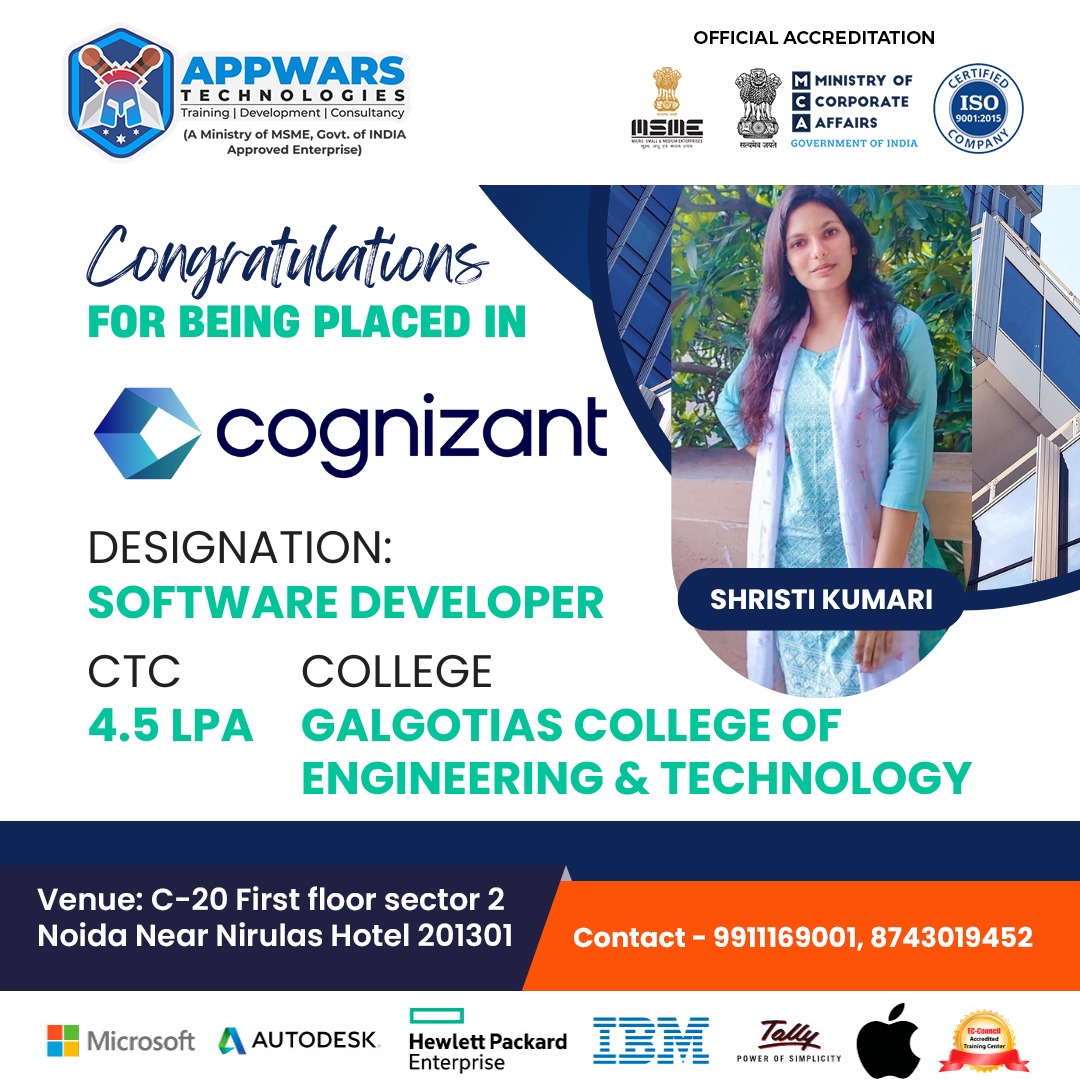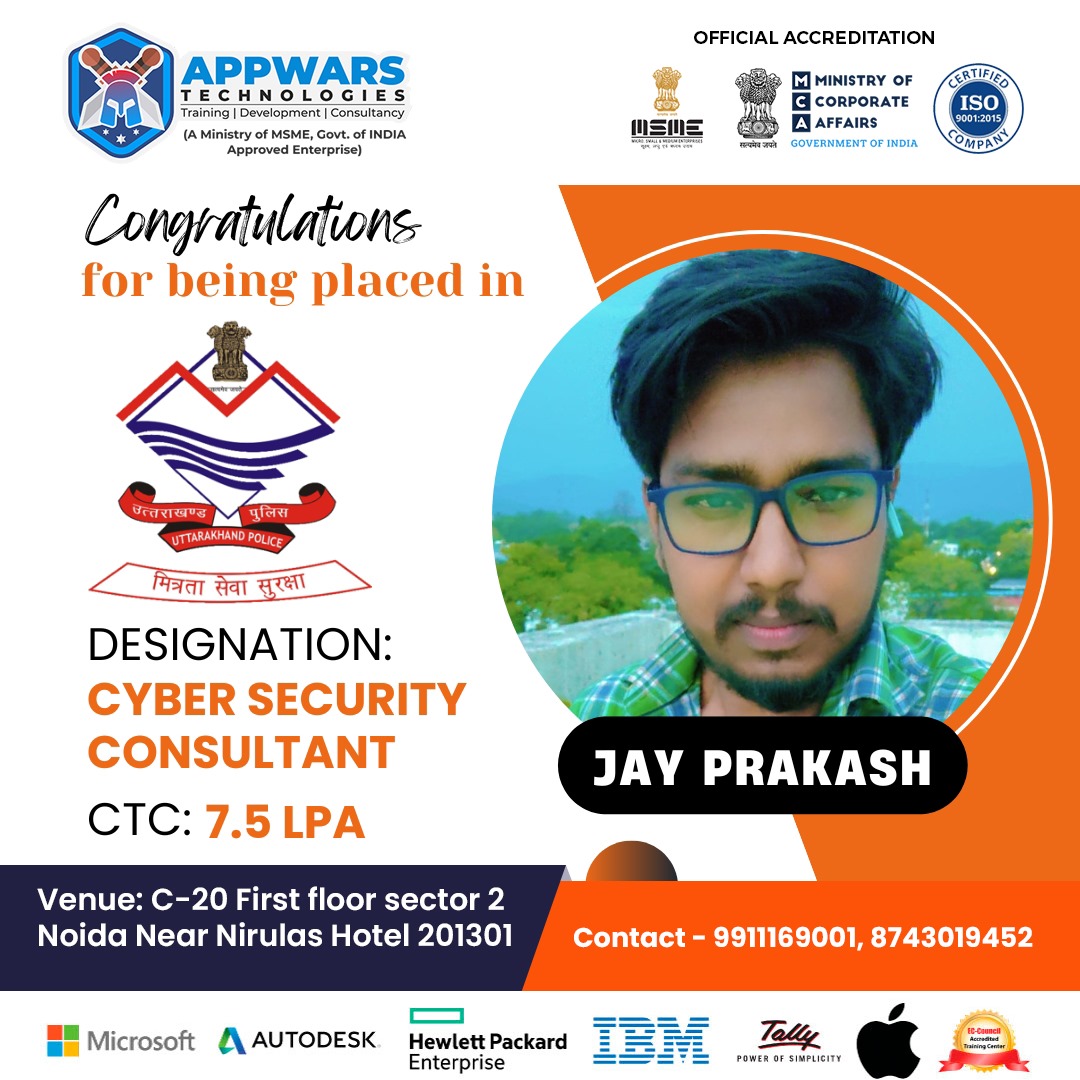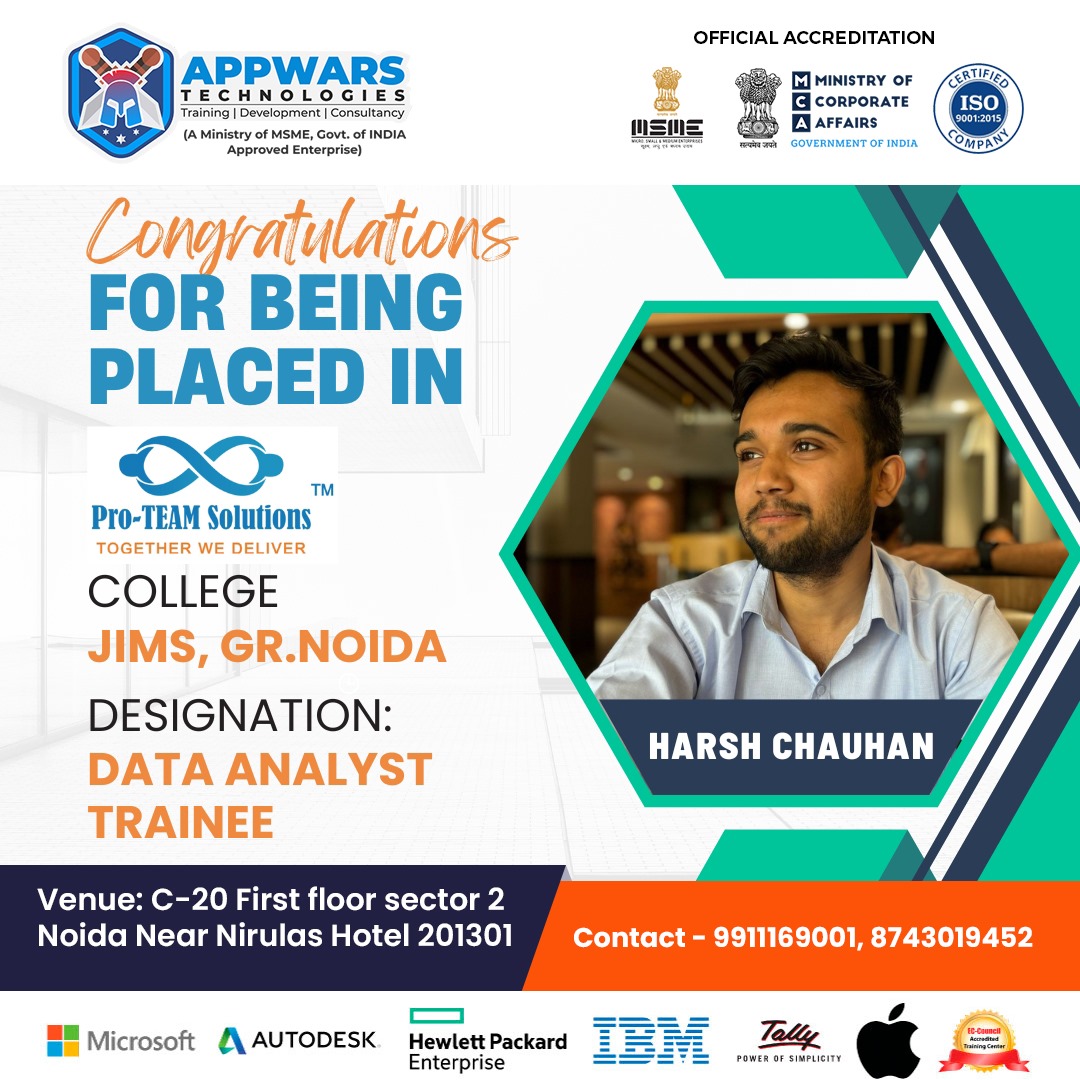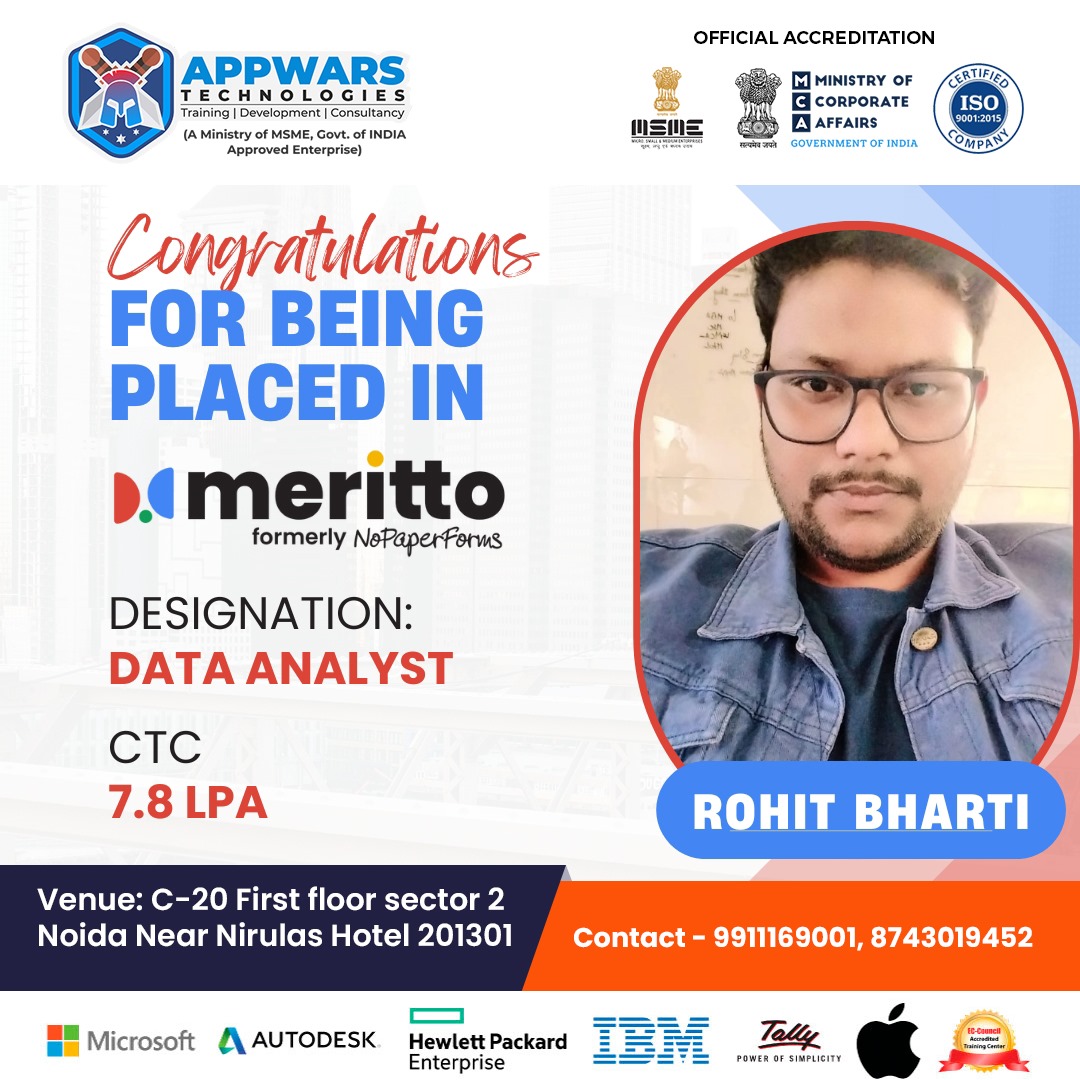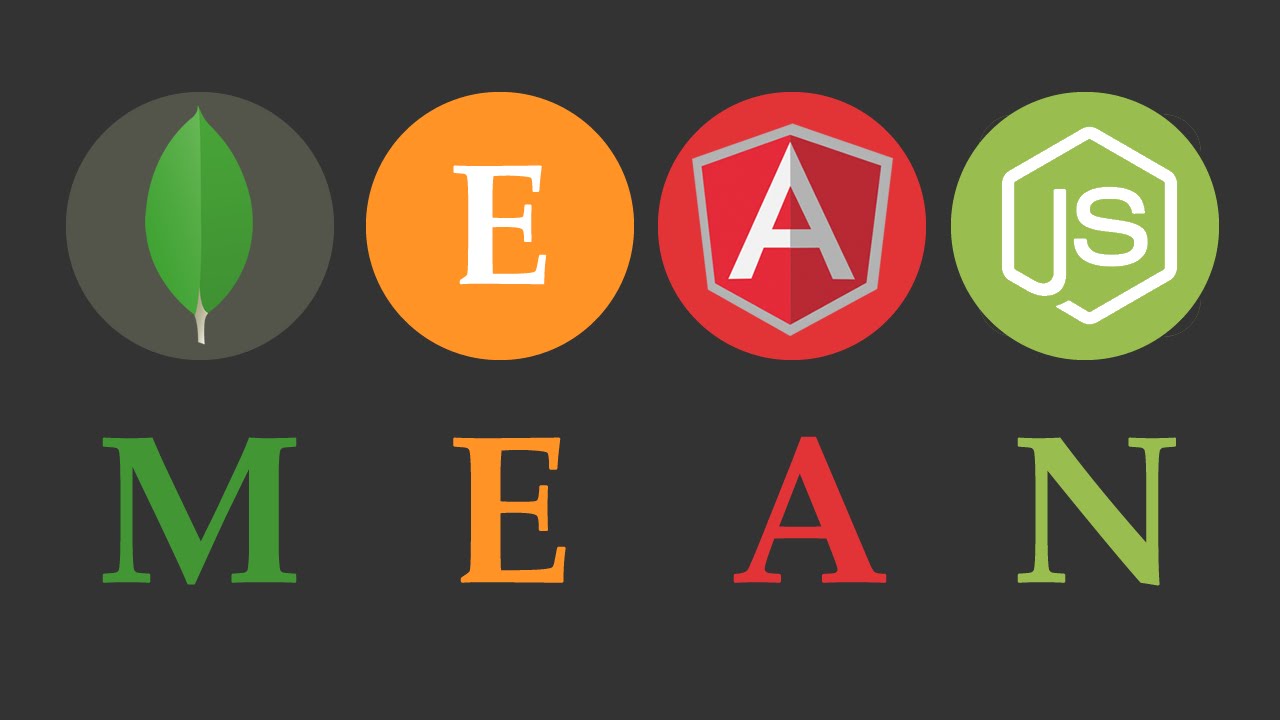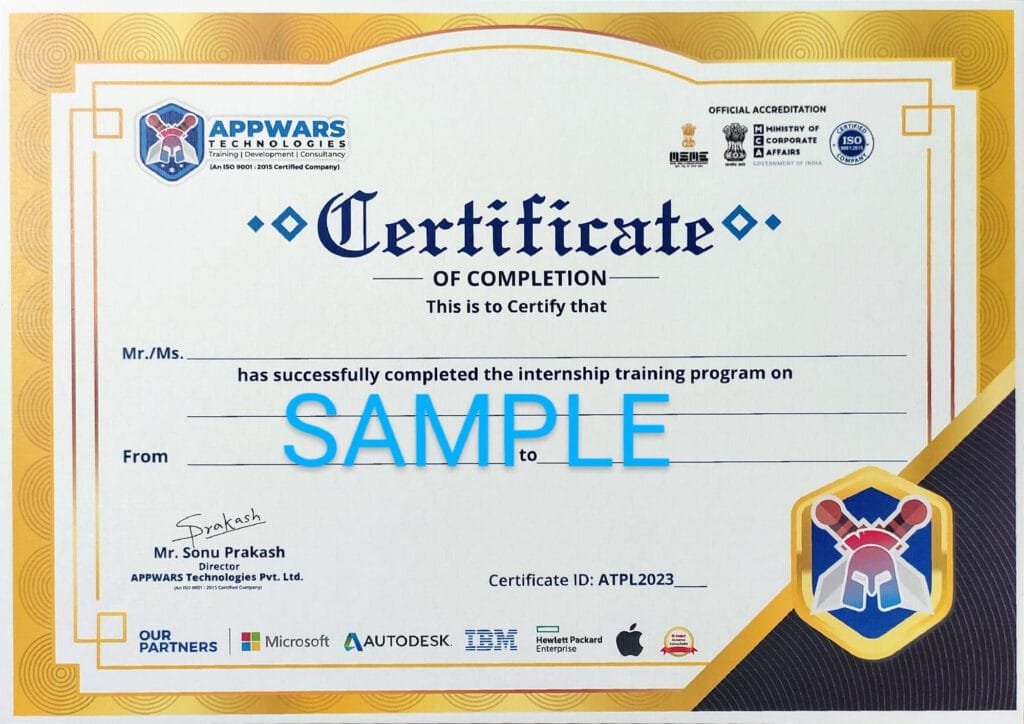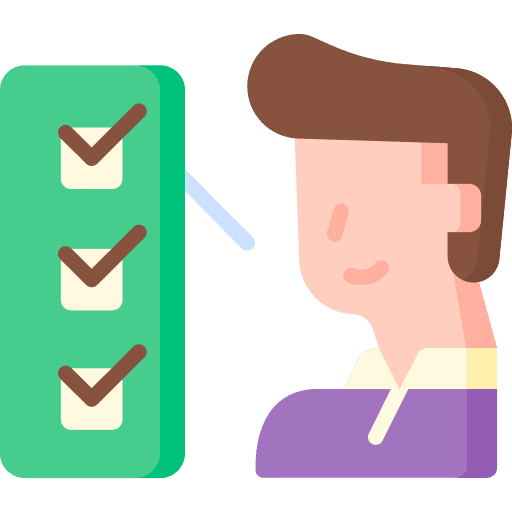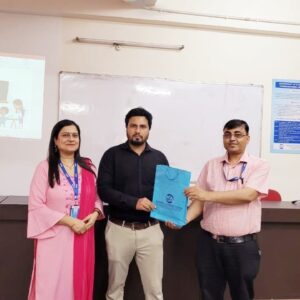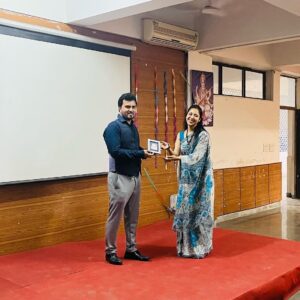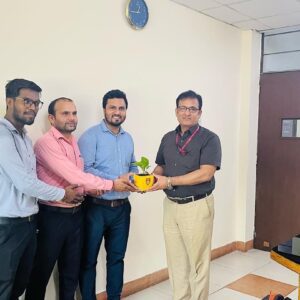● What is Collection?
● What is Framework?
● Collections Framework
● Core Interfaces
● Collection, List, Queue,Deque
● Set,NavigableSet, SortedSet
● Map,NavigableMap, SortedMap
● Core Classes
● ArrayList, LinkedList,PriorityQueue,ArrayDeque
● HashSet,LinkedHasSet,TreeSet,
● HashMap,IdentityHashMap,WeakHashMap,LinkedHashMap,Tree Map
● Accessing a Collection via an Iterator
● Accessing List via ListIterator
● Accessing a Collection via for each loop
● Working with User Defined Objects
● The Comparator and Comparable Interfaces
● The Legacy classes and Interfaces.
● Enumeration, Vector ,Stack
● Hashtable, Properties



